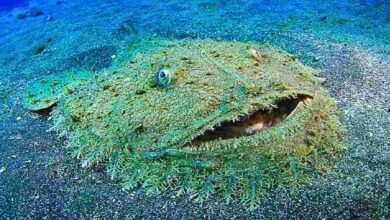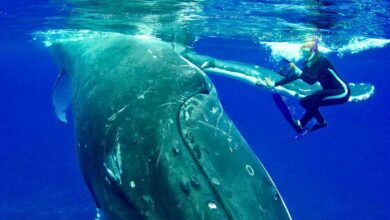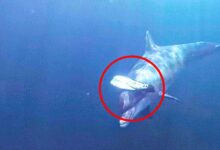500 Million Year-Old Jellyfish, Oldest Ever Found, May have Swallowed the Whole Prey

Cast the metaphorical (and metaphorically real) net back into the sea 500 million years ago and you’d pull up a variety of strange creatures like trilobites of various sizes and large armored shrimp with crab-like claws.
But you’d also fish up something that looks distinctly familiar—jellyfish, specifically the lampshade-like Burgessomedusa phasmiformis, newly identified by scientists as the oldest free-swimming jellyfish ever discovered.
The new discovery opens up a wealth of information on the structure of the food chain during the Cambrian Explosion, the first great expansion of lifeforms on Earth when natural selection had a party trying to figure out what adaptations worked and which ones didn’t.
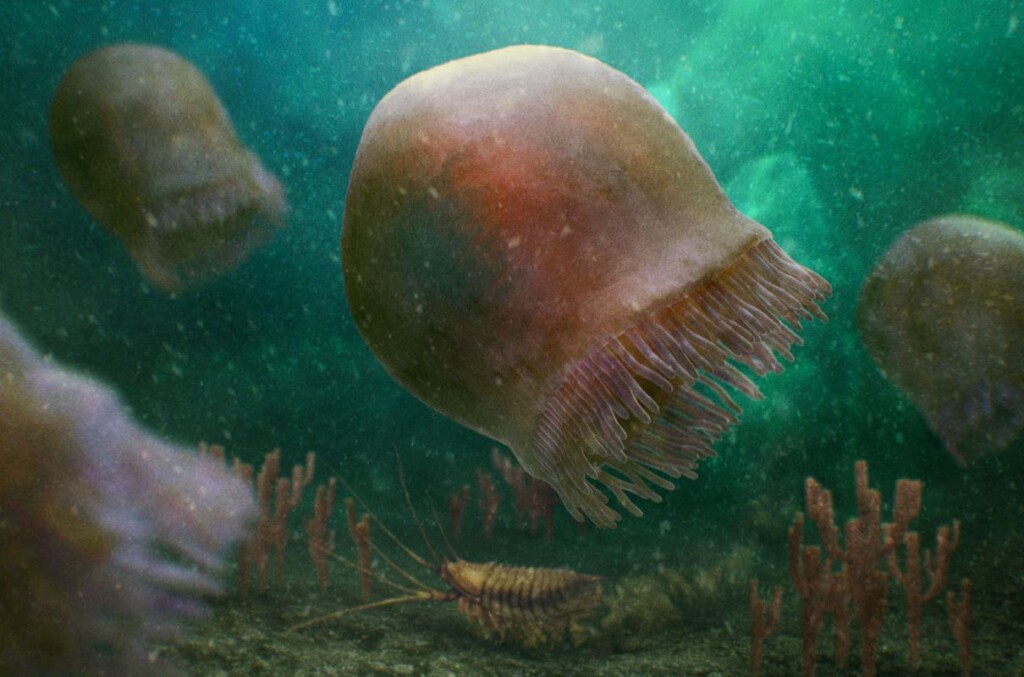
Burgessomedusa phasmiformis sported a cube-like hood nearly 8 inches long ringed with 90 stubby tentacles which, like modern jellies, may have been used to paralyze prey with stinging venom.
The new fossil was discovered in one of the most famous of all geological formations relating to paleontology.
The Burgess Shale of British Columbia was likely created when a landslide of undersea sediment entombed a section of the seafloor, preventing even the soft-bodied jellyfish from decaying into nothingness.
Jellyfish belong to a phylum called Cnidaria, named after a distinguishing feature called cnidocytes—specialized cells that they use mainly for capturing prey. Their bodies consist of mesoglea, a non-living jelly-like substance.

Cnidaria are believed to represent some of the world’s first-ever animals, but due to their lack of any solid body parts, their history is poorly represented in the fossil record. The clade of Medusozoa, containing all the variety of jellies to ever live, evolved an incredibly fascinating life cycle.
Born as a solid stationary object like a sea anemone, a lifeform to which they are closely related, the arrival of sexual maturity heralds a transformation of these stationary polyps into free-swimming predatory creatures.
It’s believed this transition occurred once in the common ancestor of all Cnidaria, but was lost in some of its descendants. In terms of reaching back to that point, Burgessomedusa phasmiformis is the farthest anyone has ever gone.
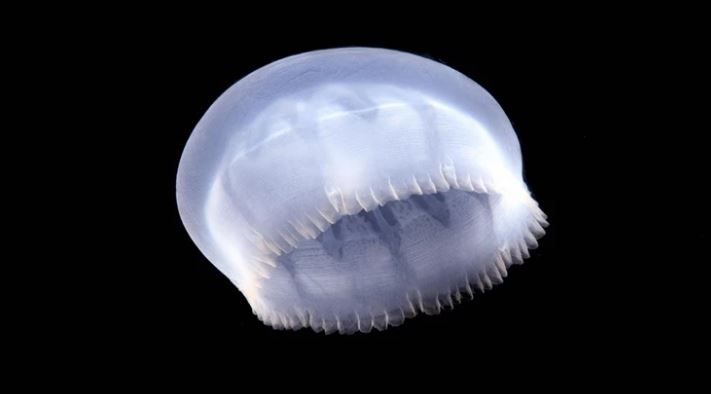
The fossils found by Joseph Moysiuk and his team at the Royal Ontario Museum show that the hoods of these jellies were fossilized with trilobites inside—suggesting they could swallow their prey whole, and were—if not apex predators—co-rulers the seas along with Anomalocaris, the clawed shrimp mentioned earlier.
“There’s more work to be done with this fossil,” Jean-Bernard Caron, co-author on the discovery, told Science Magazine. “Who knows who was eating what?”



